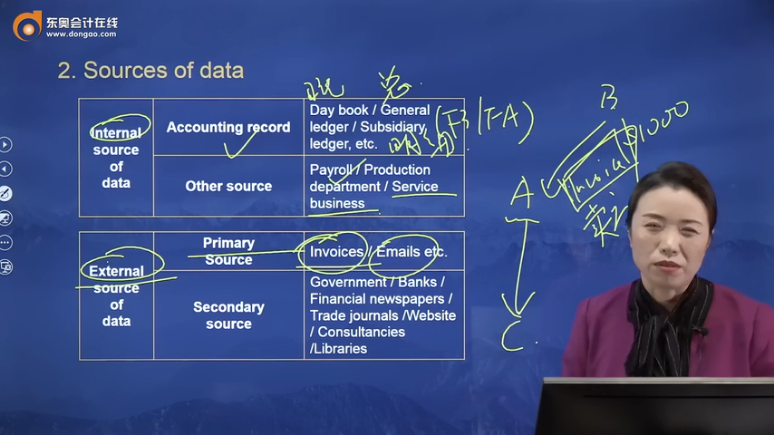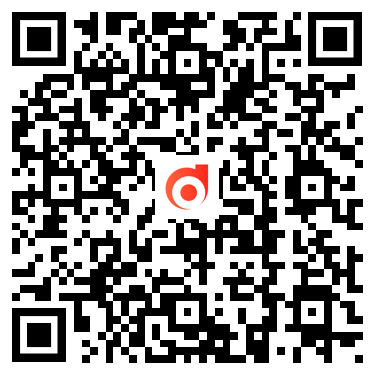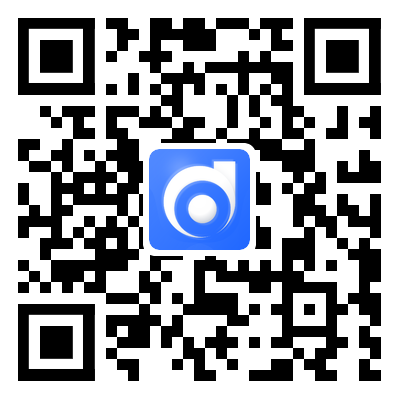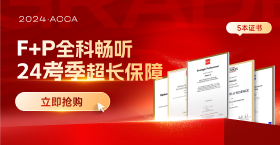關(guān)于發(fā)票屬于內(nèi)部還是外部數(shù)據(jù)的問題
請問老師,,由我方會計(jì)開具給客戶的發(fā)票,,可以看做是內(nèi)部數(shù)據(jù)中來自于會計(jì)部門的部分(Accounting record)嗎?
問題來源:
2. Sources of data
|
Internal source of data |
Accounting record |
Day book / General ledger / Subsidiary ledger, etc. |
|
Other source |
Payroll / Production department / Service business |
|
External source of data |
Primary Source |
Invoices / Emails etc. |
|
Secondary source |
Government / Banks / Financial newspapers / Trade journals /Website / Consultancies /Libraries |
|
Advantages of secondary data |
Disadvantages of secondary data |
|
cheaply available |
may be inadequacies or limitation |
|
potentially large quantity |
may be out of date |
|
quicker to obtain |
not relevant |
|
useful for analysing past (patterns) |
may be incorrect |
Exercise 3:
Which of the following is an example of discrete data from a primary source?
A. a report in a newspapaer giving retail sales for the month
B. a website showing the average height for childrn aged 7
C. an eye witness account of the number of customer
D. a colleagure's measurement of the distance from the office to the head office.
Correct answer: C

瞿老師
2021-10-09 07:06:50 799人瀏覽
數(shù)據(jù)的來源分為 內(nèi)部數(shù)據(jù)來源 和 外部數(shù)據(jù)來源。對企業(yè)而言,,內(nèi)部數(shù)據(jù)來源即由企業(yè)內(nèi)部會計(jì)記錄等眾多內(nèi)部數(shù)據(jù)組成,;而外部來源則由企業(yè)外部的一手?jǐn)?shù)據(jù)和二手?jǐn)?shù)據(jù)組成。
老師在課程中的舉例意為:我方從供應(yīng)商購買物品,,購買過程中獲取對方開具的發(fā)票,,根據(jù)開具的發(fā)票性質(zhì),該項(xiàng)數(shù)據(jù)屬于外部數(shù)據(jù)來源,。
同學(xué)舉例中“由我方會計(jì)開具給客戶的發(fā)票”,,根據(jù)其性質(zhì),可以看作我方企業(yè)的內(nèi)部數(shù)據(jù)來源,。
判斷標(biāo)準(zhǔn)依據(jù)活動本身的性質(zhì)而決定,,所以您的理解是正確的。
每個努力學(xué)習(xí)的小天使都會有收獲的,加油,!相關(guān)答疑
-
2025-06-26
-
2025-06-14
-
2023-11-20
-
2023-11-20
-
2023-11-20
您可能感興趣的ACCA試題
- 單選題 IMA管理會計(jì)聲明中“價值觀和道德觀:從接受到實(shí)踐”表明持續(xù)的培訓(xùn)應(yīng)包括下列所有內(nèi)容,除了( ),。
- 單選題 某投資者一年前以每股40美元的價格購得股票,,每年的股息為1.50美元,。目前該股的價格為45美元,持有該股票一年的收益率是多少( ),。
- 單選題 投資者已經(jīng)收集了以下四種股票的信息: 股票 β 平均收益(%) 回報的標(biāo)準(zhǔn)差(%) W 1.0 9.5 13.2 X 1.2 14.0 20.0 Y 0.9 8.4 14.5 Z 0.8 6.0 12.0 風(fēng)險最低的股票是( )。







 津公網(wǎng)安備12010202000755號
津公網(wǎng)安備12010202000755號